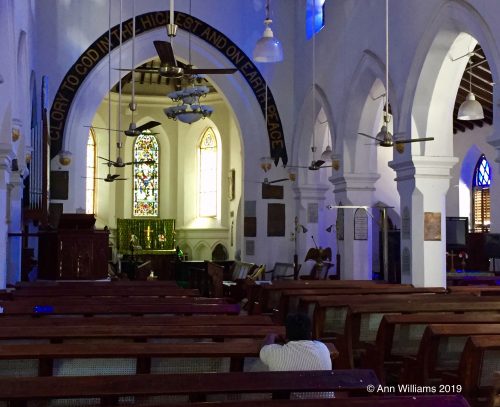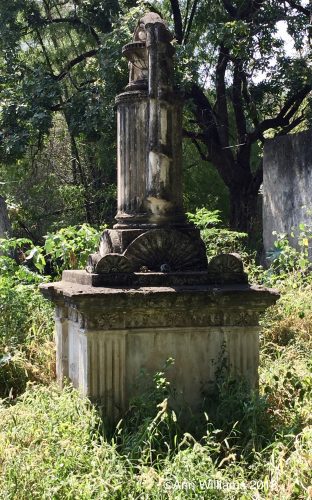
Hyderabad - where old and new collide


Funny how a lot of history comes down to conflicts between the English and the French. The two European nations spent a couple of hundred years trying to outmuscle each other in India. The British had been a fixture in the state of Hyderabad since 1795, when the extant Nizam of Hyderabad appointed a British Resident from the East India Company as an advisor to his court. As a result the British community increased significantly in numbers, not just court officials and military but business people, too.
Nizam's donation
The walls of the church are adorned with plaques commemorating the good and the great of the British and Anglo-Indian communities of Hyderabad. A simple marble tablet celebrates Major Thompson Chamarette, Chief of Staff of the Nizam’s army, born 24 April 1868, died in 16 July 1942, and remembered as a “regular worshipper and warden of the church”. He came from one of the city’s most notable British families – his grandfather Andrew Chamarette, of Huguenot descent, had served in the Survey of India, and was posted to the Nizam’s Dominions between 1817 and 1845.




